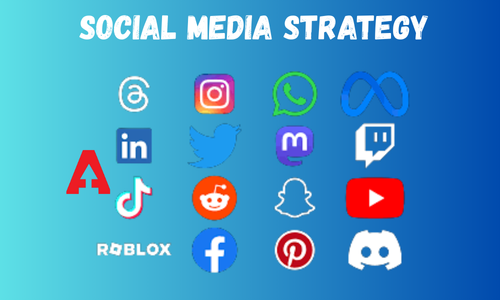Mental Health Education in Schools: A Critical Step to Protect California’s Youth
As California continues to navigate a rising tide of youth mental health challenges, new national data underscores both a cause for hope and an urgent call to action. While many young children are flourishing, a troubling number of older children are struggling—often silently—with anxiety, depression, and behavioral disorders. These findings highlight the critical need for preventative measures like Senate Bill 531 (SB 531), which was recently blocked in committee but remains a vital policy proposal in the fight for student well-being.
The Landscape: A Dual Reality for America’s Children
According to data from the U.S. Department of Health and Human Services, nearly 80% of children ages 6 months to 5 years demonstrate strong indicators of flourishing, such as expressing affection, curiosity, resilience, and joy. These are promising signs of early developmental health. However, as children grow older, their mental health outcomes become more complex.
Only 61% of children aged 6 to 17 exhibit the same level of flourishing, with significant drops in indicators like staying calm under stress (72%) and persisting with difficult tasks (81%). These metrics reflect growing pressures in school, social environments, and at home—pressures that many children are not equipped to manage.
Alarming Prevalence of Mental Health Disorders
The same federal data shows that 1 in 7 children (13%) between the ages of 3 and 17 currently lives with a diagnosed mental or behavioral health condition. Among the most common diagnoses:
- Anxiety disorders affect 10% of children (with higher rates among females at 11%)
- Behavior disorders are present in 7% (10% in males)
- Depression affects 4%, but nearly 6% of girls carry this diagnosis
Even more concerning is the high rate of comorbidity—over 1 in 3 children (37%) with a diagnosed mental health condition suffer from two or more concurrent issues, which can significantly compound risk and hinder daily functioning.
Gaps in Access and Treatment
Despite the prevalence of mental health conditions, nearly half of affected children are not receiving adequate treatment. Among those diagnosed:
- Only 53% received counseling or mental health services in the past year
- Treatment rates rise with age—from just 36% of children aged 3–5 to 60% of those aged 12–17
- A staggering 47% receive no professional support at all
This treatment gap leaves many students unrecognized, unsupported, and vulnerable. For children who do not meet full diagnostic criteria but still experience significant distress, there are even fewer structured avenues for help—especially in the school setting, where early identification and support should ideally begin.
Senate Bill 531, authored by Senator Susan Rubio, would have been a bold first step toward reversing this trend. The bill proposed age-appropriate mental health education for all K–12 students, embedding critical life skills—like emotional literacy, coping strategies, and self-awareness—into everyday learning.
Rather than waiting for a crisis to unfold, SB 531 was designed to equip students proactively with the tools to understand and care for their mental health. By starting in first grade and building on that knowledge throughout a student’s educational journey, the bill sought to reduce stigma, improve early detection, and foster a culture of resilience and openness.
The bill is not necessarily dead. It may be reconsidered, reintroduced, or revived with amendments in future legislative cycles. Given the data, the case for this legislation is only growing stronger. Parents, educators, and community members have an opportunity—and a responsibility—to advocate for its revival.
Children’s mental health is not a future issue—it is a present emergency. We know what works: early education, de-stigmatization, and culturally responsive support systems. SB 531 offered a path toward that reality. As the data makes clear, failing to act risks leaving millions of children to struggle in silence.
We must renew the push for mental health education in schools—not next year, not someday, but now.








